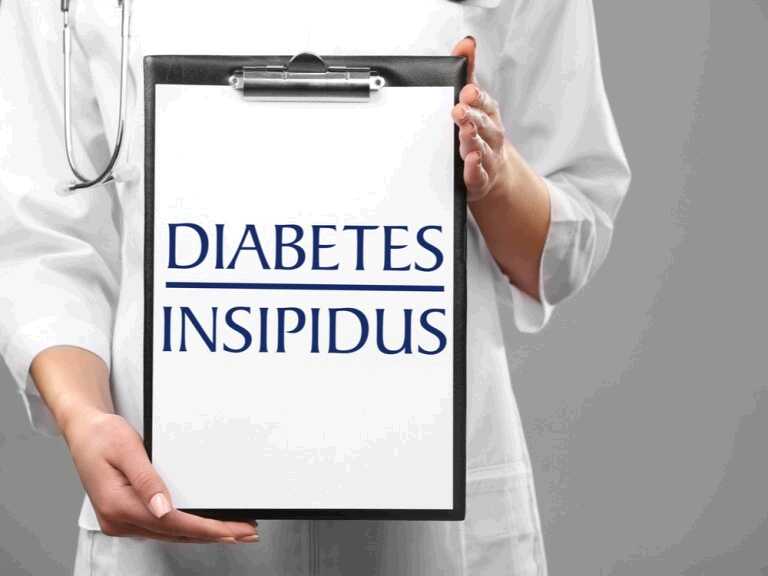
Although it shares the name with diabetes type 1 and 2, diabetes insipidus is a very different condition. Unlike the more common types of diabetes, this condition has nothing to do with our blood sugar levels. Diabetes insipidus is an imbalance of fluids in our body and has less serious implications for our health than diabetes types 1 and 2.
In this article, we will be going over the most common diabetes insipidus symptoms, causes, and treatment options.
Symptoms
The key symptom of diabetes insipidus is passing a lot of diluted urine. Depending on the severity, a person can pass up to 15 liters of urine in a single day, especially if they drink a lot of fluids. This loss of fluids then produces the second symptom of the condition – excessive thirst. A good way to tell if you’re urinating too often is if you’re getting up during the night to go to the bathroom.
Causes
There are four main types of diabetes insipidus, all of which have different causes.
- Central diabetes insipidus – this condition happens when our pituitary gland gets damaged, usually by surgery, inflammation, or tumor.
- Nephrogenic diabetes insipidus – caused by a defect in nephrons – tubules in our kidneys that play an important role in fluid circulation.
- Gestational diabetes insipidus – very rare, happens only during pregnancy.
- Primary polydipsia – in this case, the condition is caused by excessive water intake.
Treatments
Although it’s a lifelong condition, its symptoms can be somewhat easily manageable. Depending on the type of diabetes insipidus you have, you could treat it by either drinking enough fluids, taking hormone replacements or anti-inflammatory drugs.
Conclusion
If you notice any of diabetes insipidus symptoms, contact your doctor. Even if this condition does not cause them, excessive urination and thirst could be a sign of other disorders that shouldn’t be ignored.
